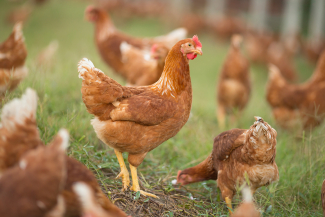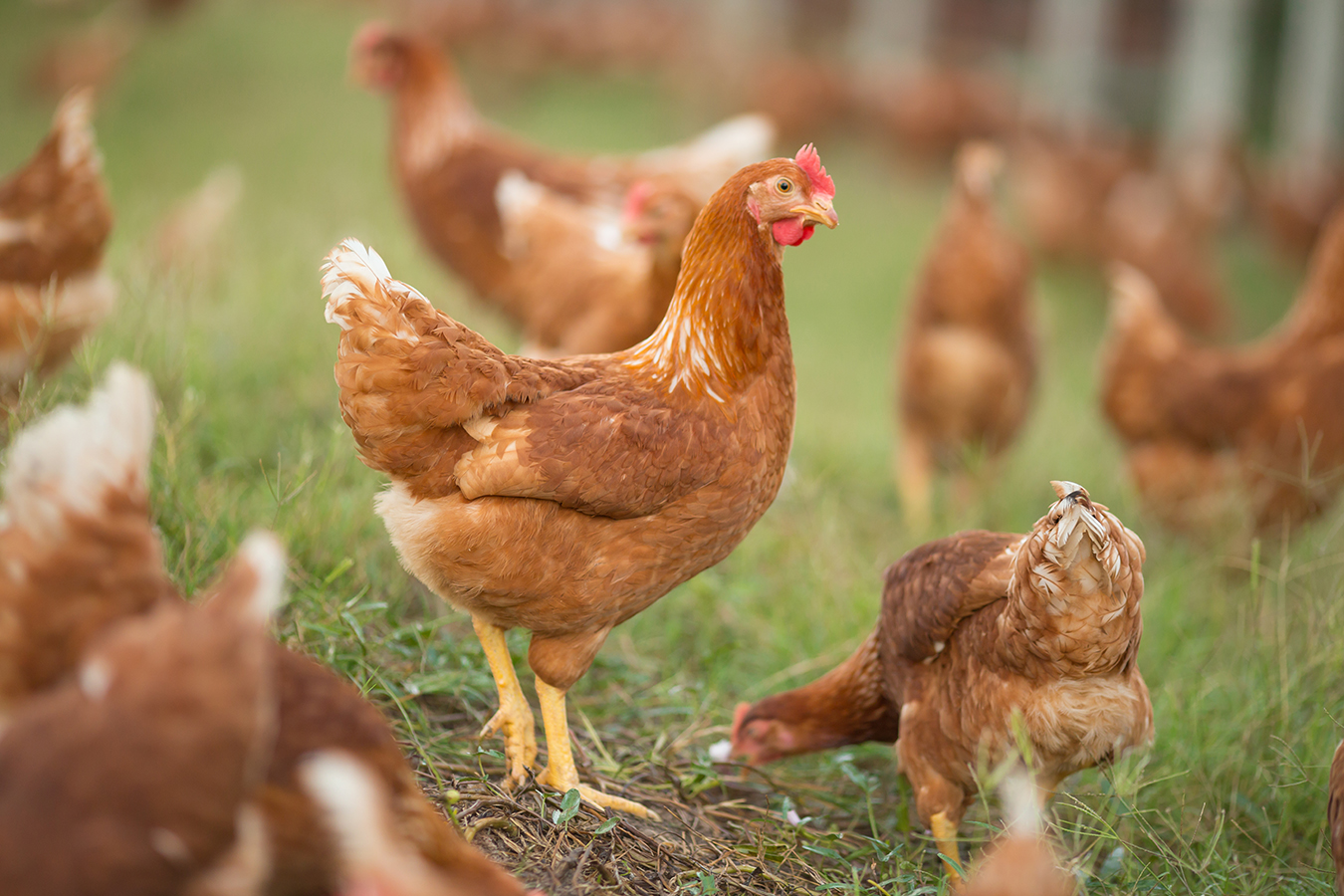
Salmonella continues to be one of the bacteria that generates the greatest concern for the poultry sector. Not only because domestic poultry are carriers and vectors of Zoonotic Salmonella that cause toxiinfections (such as Salmonella enteritidis), but also because typhoid Salmonella (such as Salmonella Gallinarum) still exist in certain countries, leading to direct problems in birds and adversely affecting production.
The field of prevention against Salmonella in poultry is among those of greatest economic importance. The impact that this aspect has on a breeding hen's vaccination programme is highly relevant. Accordingly, a proper decision on the strategy and the type of product to be used is essential.
Calier, as a company specialised in veterinary products and solutions, has resolved to step up. Five years ago, the company launched a vaccine against Salmonella in poultry (Primun Salmonella E) and it has for some time been marketing a catalogue of complementary nutraceutical-type products (Promotor L) immunomodulation, (Inmunair) and biosafety (Despadac).
Owing to the characteristics of these products, and our own vision, we have decided to focus particularly on laying poultry. Since eggs are one of the most consumed poultry products on the planet and considered, although not always fairly, as the main cause of Salmonella toxiinfections in birds, we feel that it is important to look more closely at this segment of poultry production.
It is quite true that the problem of Salmonellosis in poultry requires a holistic vision, since there are many factors that influence the presence and prevalence of this bacterium in birds. Nutrition, biosafety and vaccination strategy are fundamental pillars in this fight. Precisely when we talk about vaccination strategy, there are several points to take into account before making a decision about one type of vaccine or another, or about the number of vaccines to apply. We should be capable of providing answers to these questions:
• What is the prevalence of the two species of Salmonella in birds?
• What degree of protection do vaccines offer, and what should we expect from them?
• What is the right strategy when building a vaccination programme?
• What is the best diagnosis?
• How can we determine whether a vaccine has entered the bird's body correctly?
• How can a vaccine strain be distinguished from a field strain?
• How many procedures can I apply to a current laying hen?
And with regard to this last question, it is extremely important to be aware of the existing egg production systems on a global level. Nowadays, sustainability is key and this means striking a balance between economy, well-being and protection against salmonellosis in poultry.
There are several aspects that we need to take into account and which will undoubtedly affect the use of vaccines: the dosage, the route of administration, and the behaviour in terms of how to generate immunity are fundamental in the design of a vaccine against salmonellosis in poultry.
A modern-day laying hen is a bird that is no longer confined according to the old cage concept. Its production cycle is getting increasingly longer (close to 100 weeks of life). These two characteristics will impose requirements on prevention models.

On the one hand, individual vaccination management will be increasingly limited. On the other hand, due to the long duration of the production periods, a way will need be found to cover immunity gaps, taking into account that today's vaccines are applied during the rearing period.
Most of the countries in the EU setting are under Salmonella control programmes and other countries outside the EU are gradually incorporating these global prevention strategies. As essential parts of these programmes, vaccines should not interfere with self-monitoring programmes. Therefore, the differentiation of vaccine strains and minimum levels of excretion are a prerequisite.
Finally, the technical department must focus on ensuring that the vaccinations carried out have entered the bird. To do so, the interaction of the water conduction systems delivering the vaccines must be well understood and the entire process must be reviewed to ensure that the process is effective. In short, it is extremely important to audit the process.
At Calier, our aim is to review these aspects, but above all to propose specific solutions for the prevention of salmonellosis in poultry.